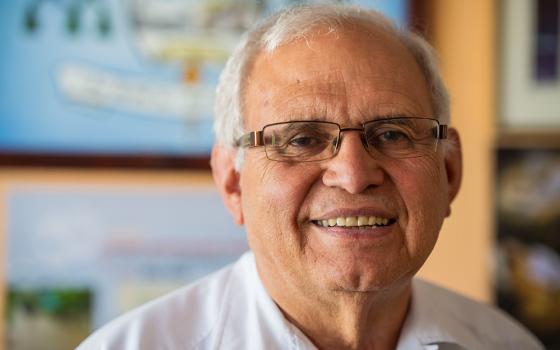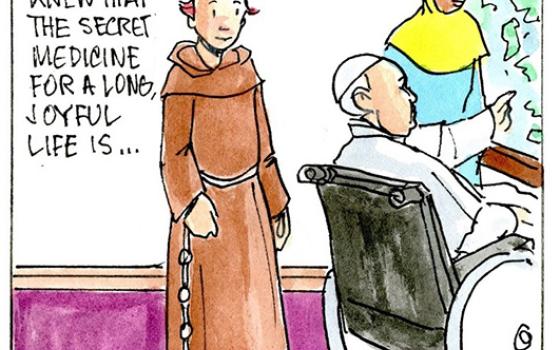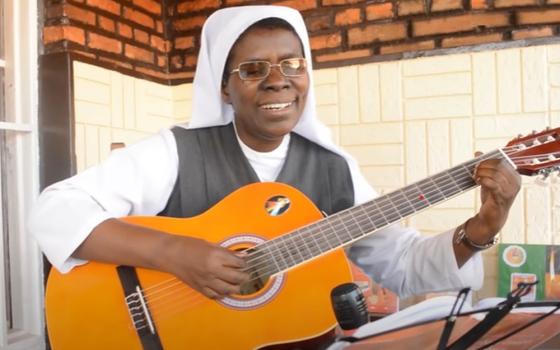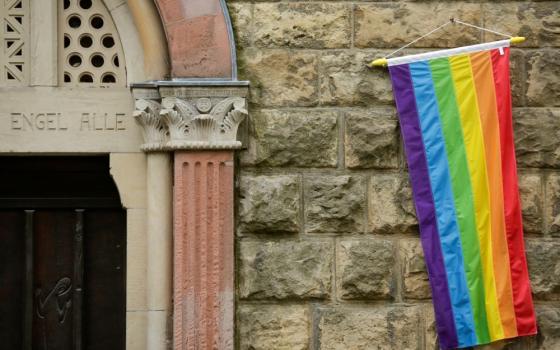Everyone should start reading a Ray Bradbury story before October ends. Incredibly prolific, Bradbury (1920-2012) was like the Frank Zappa of dark fantasy short stories. Bradbury was a master of combining the light and funny with the sinister and macabre in a way that was palatable and appropriate for children. Bradbury was like Lois Lowry, Neil Gaiman, and Roald Dahl all rolled into one.
Much of Bradbury’s work is set in October (Something Wicked This Way Comes, From the Dust Returned, The October Country), where his plots often juxtapose a young protagonist with an ancient and often nefarious force. In my youth, I remember reading Bradbury and feeling spooked but not terrified in the way that a horror movie might leave you feeling. Bradbury’s stories provide an opportunity for courage rather than an occasion for nightmares. I recently read Bless me, Father, for I have sinned, a story about a priest encountering his own past in the confessional and finding forgiveness. A Bradbury story like this transports the reader to a place of enchantment, which conjures something both spooky and fantastic like the Illustrated Man whose animated tattoos predict the future.
Bradbury’s stories commingle fright and wonder to create the sensation of October. October is the seasonal border-crossing that signals transformation. Our wardrobes change with the color of the leaves. Scarves, cardigans, and wool caps replace shorts, tank-tops, and beach towels. Straddling the boundary between carefree summer and harsh winter, October is a natural metaphor for the Paschal Mystery. As a mulled cider blends spice and sweetness, the Paschal Mystery pressed together life, death, and resurrection. Beauty and suffering swirl and distil into a single moment like leaves dancing in the breeze, as the life of Christ merges and emerges within human lives. The pattern of the seasons gives us a sign of God’s continuing work within creation that offers hope for new life in our own suffering and dying.
My Australian friend would remind me that October is actually part of the spring in the Southern Hemisphere. Thus, within our own spinning planet, we see the fusion of seasons and life cycles. “No matter what you do, here comes October,” wrote Bradbury in Autumn Afternoon. While October brings carnivals, creatures, and costumes it also offers a reminder of the reality of death and the hope of spring in the next chapter of the story.
[Erik Lenhart, OFM Cap. is a Capuchin Franciscan Friar ministering at St. Pius X Parish in Middletown, Conn.]




